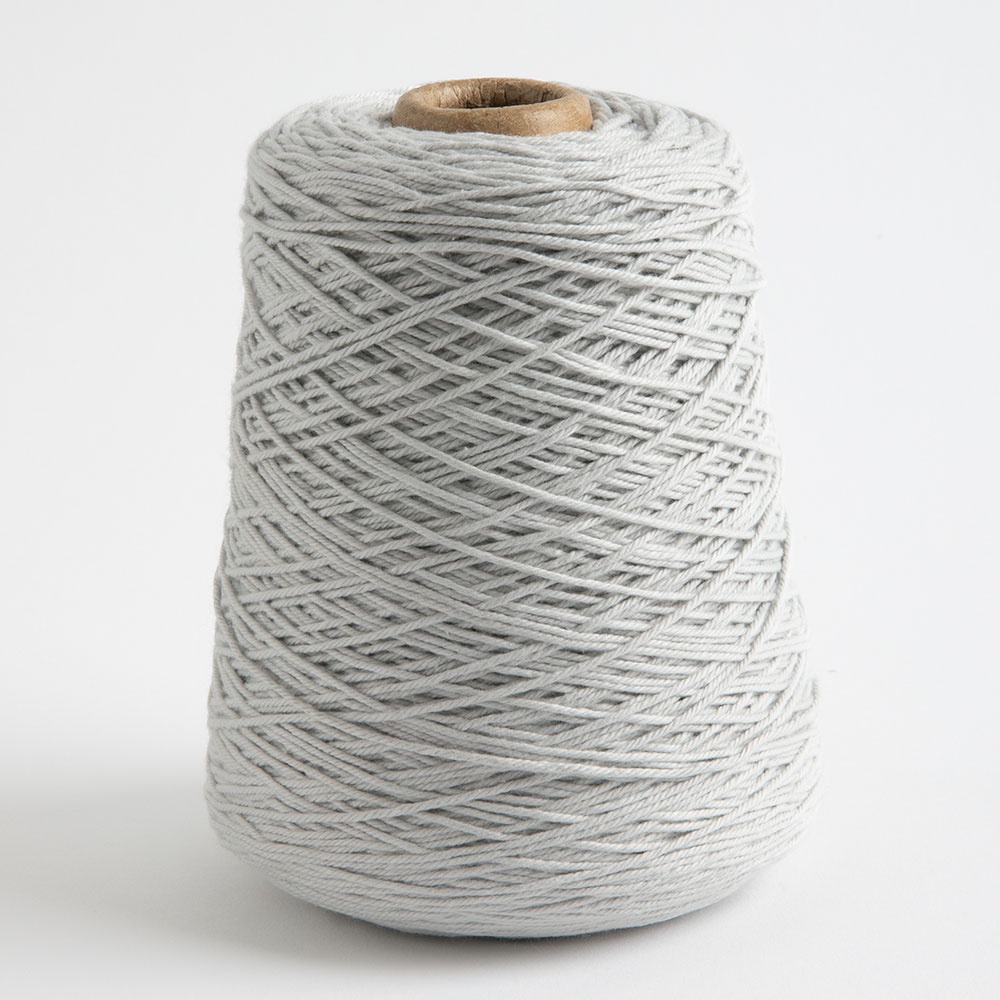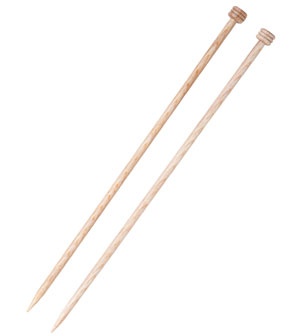Easy Knit Dishcloth Pattern
A dishcloth is the perfect quick win. If you want something useful that teaches steady tension and tidy edges without juggling a complex pattern, you’re in the right spot. By the time you’re done here you’ll know what makes a dishcloth feel soft but sturdy, how to keep corners clean, and what to try if your fabric looks wobbly. You’ll be ready to cast on, finish fast, and put it to work in your kitchen.
Is This Project for Me?
Yes. If you’re brand new to knitting or just want a calm, TV friendly project, this checks every box. It grows in short sessions, uses inexpensive cotton, and still looks gift worthy. You’ll practice the basics that matter most right now like even stitches and neat edges. It is forgiving, portable, and easy to finish. If you like practical makes you can use every day, this one is for you. Check out the free printable Fiber Arts Quick Guide below.
New To Knitting?
I have you covered. I have several posts about yarn weights and conversions along with several beginner knitting and crochet patterns. Check out our posts on Fiber Arts.
Get The Guide
Learn core techniques, tools, and terms for knitting, crochet, weaving, and simple sewing. Clear steps, beginner checklists, and quick wins so you can start today.
Disclosure
Some links on FiberMaiden are affiliate links. When you click and purchase, I may earn a small commission at no extra cost to you. I partner only with brands and tools I trust and use in my own kitchen, studio, and garden. Your support means a lot.
Get 3 Free Recipes
Exclusive seasonal recipes for email members. High value, low frequency.
Troubleshooting and safety notes
Edges look messy? Slip the first stitch of every row or add a small garter border. Corners flaring or pinched? Cast on and bind off a little looser or use a needle one size larger for those two parts only. Uneven tension? Knit a 10 to 15 row warm up swatch and loosen your grip a touch. Holes near the edge? Keep a steady rhythm and check that you are not accidentally adding yarn overs.
Care and comfort: stretch every 20 to 30 minutes and keep wrists neutral. Cotton softens after a gentle wash and block, so your cloth will look even better after its first rinse.
Frequently Asked Questions
How long does this take
What yarn and needles should I use
How big should the dishcloth be
My edges look messy or I see little holes
The cloth is not square or it leans to one side
How do I wash and care for it
Fiber Arts Quick Guide
One page for yarn weights, needle & hook sizes, gauge basics, and quilt math. Keep within reach while you work.
Yarn weights at a glance
| Weight | CYC # | Knit gauge (sts/4 in) • Needles US | Crochet gauge (sts/4 in) • Hook |
|---|---|---|---|
| Lace | 0 | 33–40+ • 000–1 | 28–36+ • Steel/B–C |
| Fingering / Sock | 1 | 27–32 • 1–3 | 21–32 • B–E (2.25–3.5 mm) |
| Sport | 2 | 23–26 • 3–5 | 16–20 • E–7 (3.5–4.5 mm) |
| DK | 3 | 21–24 • 5–7 | 12–17 • 7–I (4.5–5.5 mm) |
| Worsted | 4 | 16–20 • 7–9 | 11–14 • I–K (5.5–6.5 mm) |
| Bulky | 5 | 12–15 • 9–11 | 8–11 • K–M/N (6.5–9 mm) |
| Super Bulky | 6 | 6–11 • 11–17 | 5–9 • M/N–Q (9–15 mm) |
| Jumbo | 7 | 1–6 • 17+ | 0–5 • Q+ (15 mm+) |
Always swatch. Fiber content, twist, and your tension change gauge.
Needle and hook conversions
Knitting needles (US ↔ mm)
| US | mm |
|---|---|
| 0 | 2.00 |
| 1 | 2.25 |
| 2 | 2.75 |
| 3 | 3.25 |
| 4 | 3.50 |
| 5 | 3.75 |
| 6 | 4.00 |
| 7 | 4.50 |
| 8 | 5.00 |
| 9 | 5.50 |
| 10 | 6.00 |
| 10.5 | 6.50 |
| 11 | 8.00 |
| 13 | 9.00 |
| 15 | 10.00 |
Crochet hooks (Letter ↔ mm)
| Hook | mm |
|---|---|
| B | 2.25 |
| C | 2.75 |
| D | 3.25 |
| E | 3.50 |
| F | 3.75 |
| G | 4.00 |
| 7 | 4.50 |
| H | 5.00 |
| I | 5.50 |
| J | 6.00 |
| K | 6.50 |
| L | 8.00 |
| M/N | 9.00 |
| N/P | 10.00 |
Gauge and swatch basics
- Knit or crochet a 6 × 6 in swatch. Wash and lay flat to dry.
- Measure the center 4 in square. Count stitches and rows.
- Stitches per inch: stitches in 4 in ÷ 4. Rows per inch: rows in 4 in ÷ 4.
Cast on = target width (in) × stitches per inch + 2 edge stitches.
Rows to length = target length (in) × rows per inch.
Quilt and sewing quick math
- Seam allowances: quilting 1/4 in • garments 5/8 in
- Half-square triangles (HST): cut size = finished size + 7/8 in (or add 1 in and trim to square)
- Quarter-square triangles (QST): cut size = finished size + 1 1/4 in
- Binding estimator: total length = perimeter + 12 in; strip count = ceil(total ÷ WOF). Typical strip width 2.5 in
- Prewash tips: prewash reds/darks. Press, square the grain, then cut.
Labeling and project notes
- Yarn or fabric source, colorway, lot, and fiber content
- Gauge and needle or hook size
- Pattern name and size adjustments
- Wash and care instructions
© FiberMaiden • www.fibermaiden.com











